Dadasaheb Phalke Award
|
Actor-politician Mithun Chakraborty has been named as the recipient of the prestigious Dadasaheb Phalke Award for 2024.
About the Award:
About Dadasaheb Phalke:
|
Operation Chakra-III
|
Context:
The Central Bureau of Investigation (CBI) recently arrested 26 individuals from Pune, Hyderabad, and Visakhapatnam during a major crackdown on a technology-driven crime network across 32 locations. About Operation CHAKRA-III:
|
iDEX and QuNu Lab
|
Context: The Indian Army recently signed its eighth procurement contract under the Innovations for Defence Excellence (iDEX) initiative for ‘Quantum Key Distribution (QKD)’ technology with QuNu Labs.
About iDEX:
Significance of iDEX:
About QuNu Labs Private Limited:
|
KAZIND 2024
|
Context:
The 8th edition of India-Kazakhstan Joint Military Exercise KAZIND-2024 will be held from 30th September to 13th October 2024 at the Surya Foreign Training Node, Auli, Uttarakhand. About The KAZIND Exercise:
|
Marburg Viral Disease
|
Context:
An outbreak of the Marburg Virus disease has resulted in the death of six person in Rwanda About Marburg viral disease:
|
The Council of Europe’s Rights Prize 2024
|
Context:
The Council of Europe has awarded its 2024 Vaclav Havel Human Rights Prize to Venezuelan politician and human rights defender Maria Corina Machado for her fight for democracy
About the The Council of Europe Human Rights Award
|
September 28 marks the birth anniversary of Bhagat Singh.
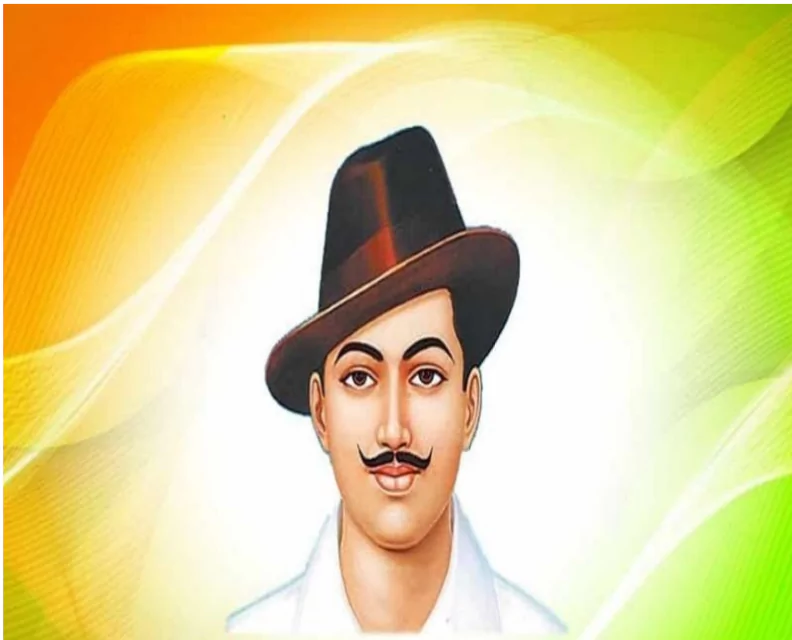 Family Background: Came from a Sikh family actively involved in the freedom struggle;
Family Background: Came from a Sikh family actively involved in the freedom struggle;
Famous Quotes by Bhagat Singh
|
|---|
A 25-year-old woman with type 1 diabetes began producing her own insulin within three months of receiving a transplant of reprogrammed stem cells.
|
|---|
The world’s first Government-funded Multimodal Large Language Model (LLM) Initiative known as BharatGen was recently launched.
Large Language Model (LLM)
|
|---|
National Mission on Interdisciplinary Cyber-Physical Systems (NM-ICPS)
|
|---|
Oceans have been warming nearly twice as fast since 2005 due to human-caused climate change, according to the Copernicus Marine Service report.
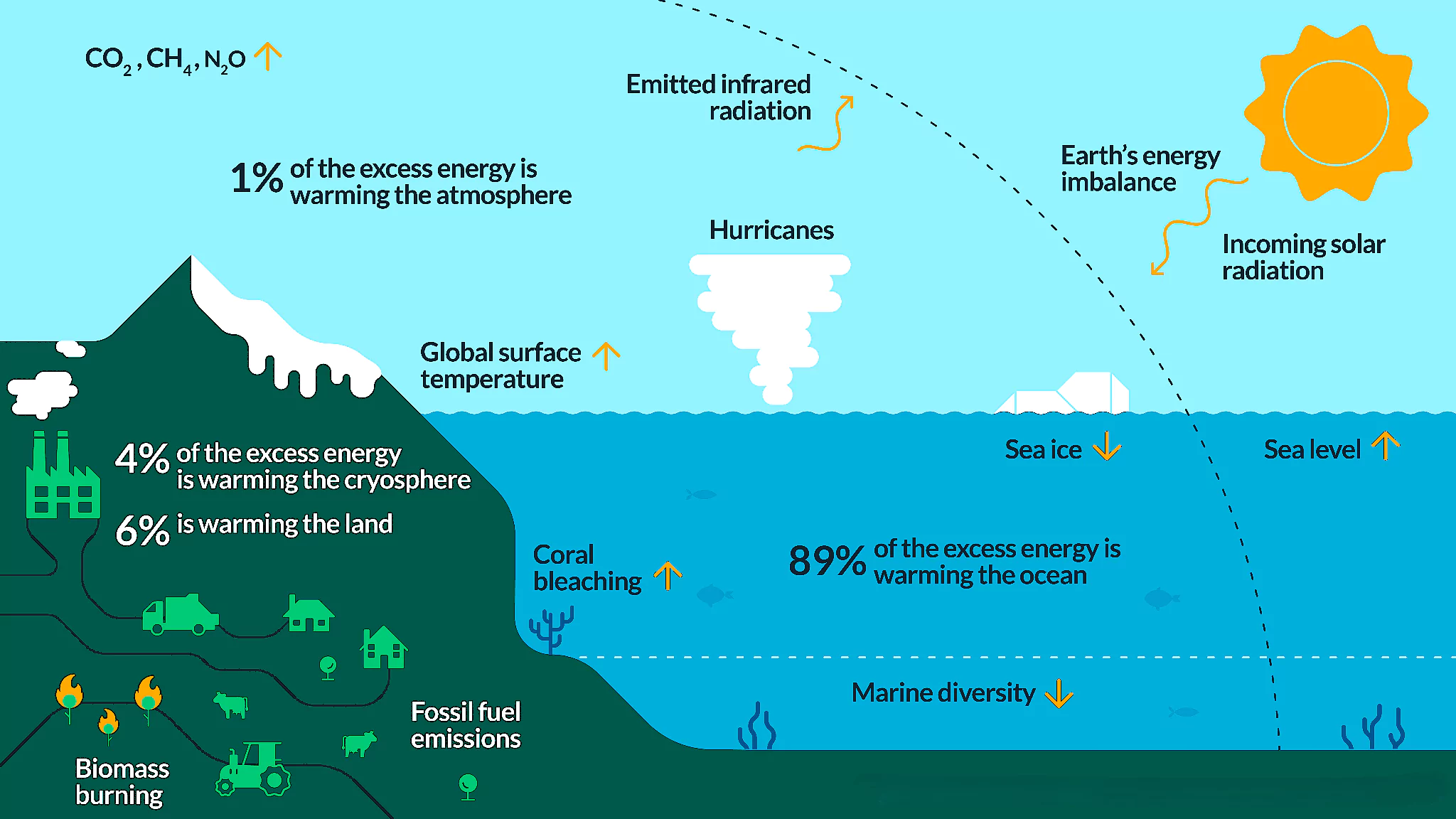 Reasons for Ocean Warming
Reasons for Ocean Warming Longer Marine Heatwaves: The average duration of marine heatwaves has doubled since 2008, from 20 days to 40 days annually.
Longer Marine Heatwaves: The average duration of marine heatwaves has doubled since 2008, from 20 days to 40 days annually.
Role of Oceans in the Global Carbon Cycle (CMS Report)
Sustainable Development Goals (SDG) and Ocean Acidification
|
|---|
Output levels in India’s core sectors slipped to a nine-month low in August 2024, even as year-on-year growth slipped 1.8%, marking the first contraction in three and a half years.
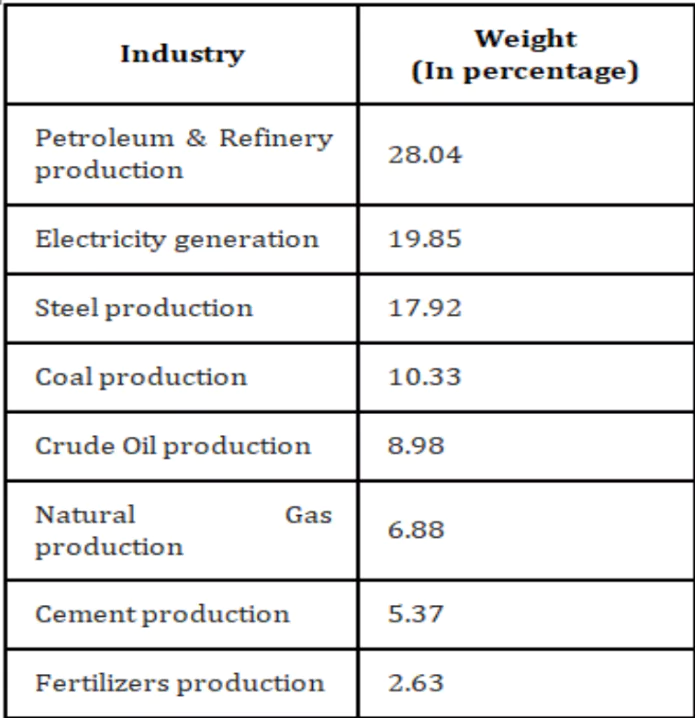
The death of a 64-year-old American woman in Switzerland has brought the Sarco pod, a controversial suicide device, under legal scrutiny.

India’s current account deficit (CAD) widened marginally to $9.7 billion (1.1% of GDP) in Q1 FY25 from $8.9 billion (1% of GDP) in the year-earlier period and a surplus of $4.6 billion (0.5% of GDP) in Q4FY24, as per Reserve Bank of India (RBI) data.
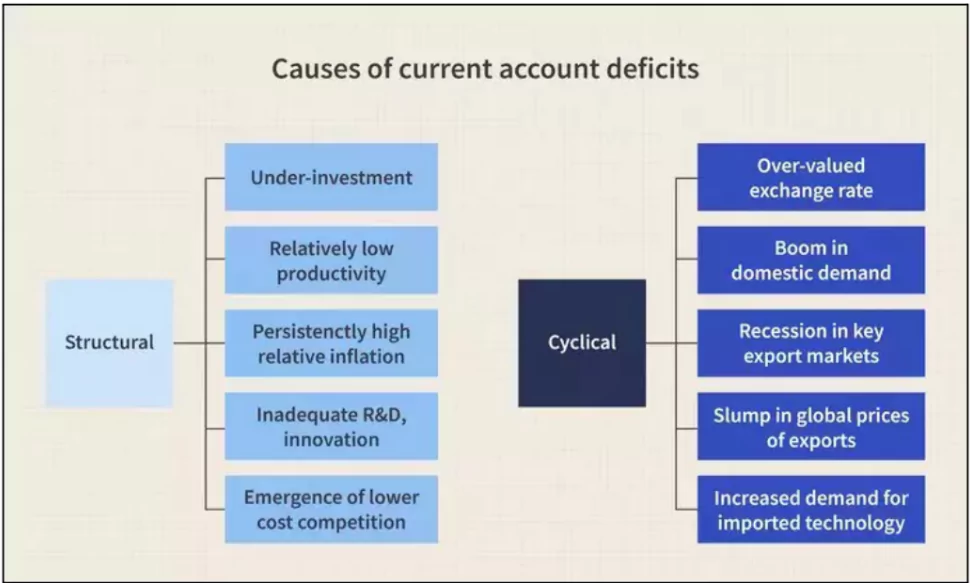
| Current Account | Capital Account | |
| Definition | The current Account is the account that records the goods exports and imports, as well as trade in services and transfer payments. | Capital Account is the account that keeps track of Borrowing and Lending of Capital assets and non-financial assets between the countries. |
| Components | The current account is made up of visible trade( Goods), invisible trade (Services), transfer payments, net factor income, and remittances | The current account is made up of borrowings, lendings and investments. |
| Impact | The current account of a country keeps track of the country’s transactions with other countries. | The capital account of a country keeps track of the country’s investment and loans with other countries. |
The Karnataka government has asked the Union Ministry of Environment, Forest and Climate Change (MoEF&CC) to withdraw the sixth draft notification issued by it for declaration of Eco-Sensitive Area (ESAs) of the Western Ghats.
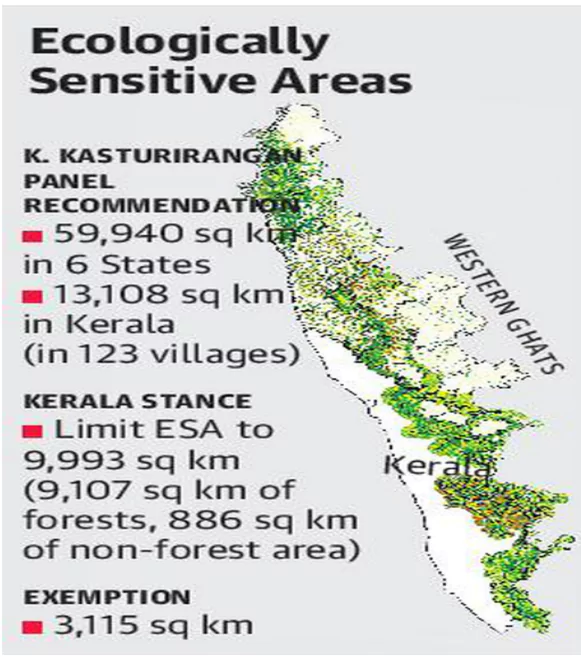
The recent incident of sexual assault and Rape of a medical Intern in RG Kar Medical Hospital in Kolkata has again shed light on the precarious living conditions of women in India and their never ending struggle for gender Justice.
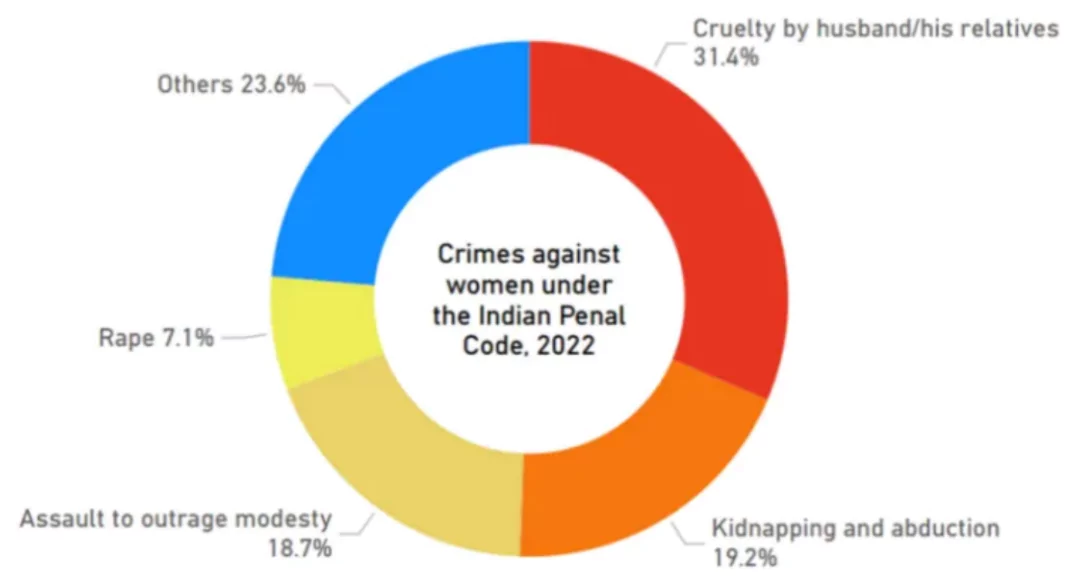 When a girl is under 16 years of age, with or without her consent.
When a girl is under 16 years of age, with or without her consent.
Landmark Judgements and Changes in Rape Laws in India:
|
|---|
<div class="new-fform">
</div>